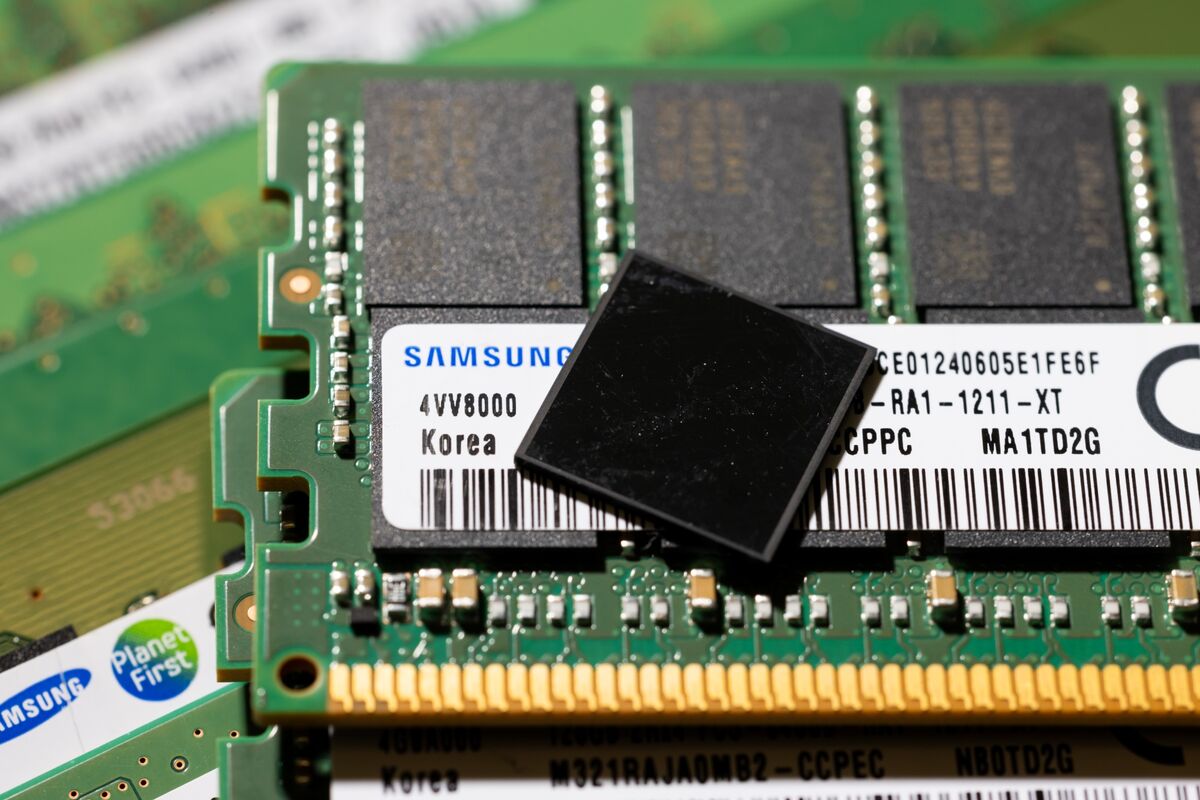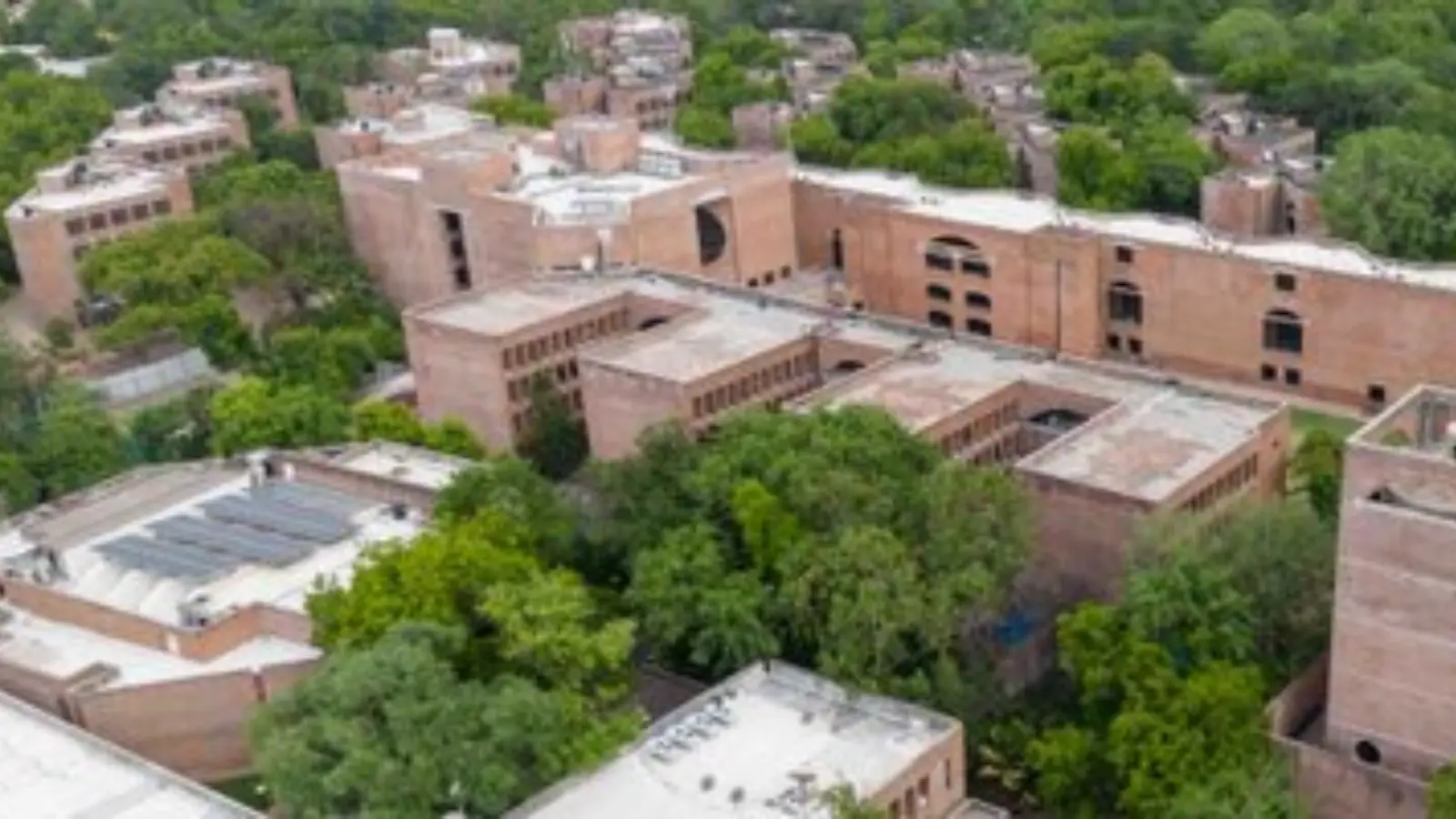Copyright Bloomberg

The business model of Tricolor Holdings didn’t sound especially stable to begin with. The auto lender, based in Irving, Texas, specialized in subprime car loans—that is, lending to people who are relatively unlikely to pay the loan back. “Do you have bad credit? Don’t worry,” the Tricolor website still reads, more than a month after its public implosion. The company marketed itself to undocumented immigrants—even as President Donald Trump promised to carry out “the largest deportation operation in American history.” If you needed one more sign of messiness under the hood, a 2022 exposé found that the lender was selling defective vehicles and charging above-market rates, leaving its core customers feeling angry and ripped off. Given that shaky business strategy, you’d think Tricolor’s September collapse into bankruptcy wouldn’t have registered more than a passing glance from Wall Street. It turned out, though, that some of the biggest names in finance, including JPMorgan Chase & Co. and Barclays Plc, had together lent hundreds of millions of dollars to the company. And after evidence emerged that Tricolor had used the same cars as collateral for multiple loans—a practice known as “double-pledging”—it was unclear whether the big lenders would get their money back.



